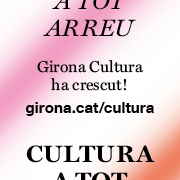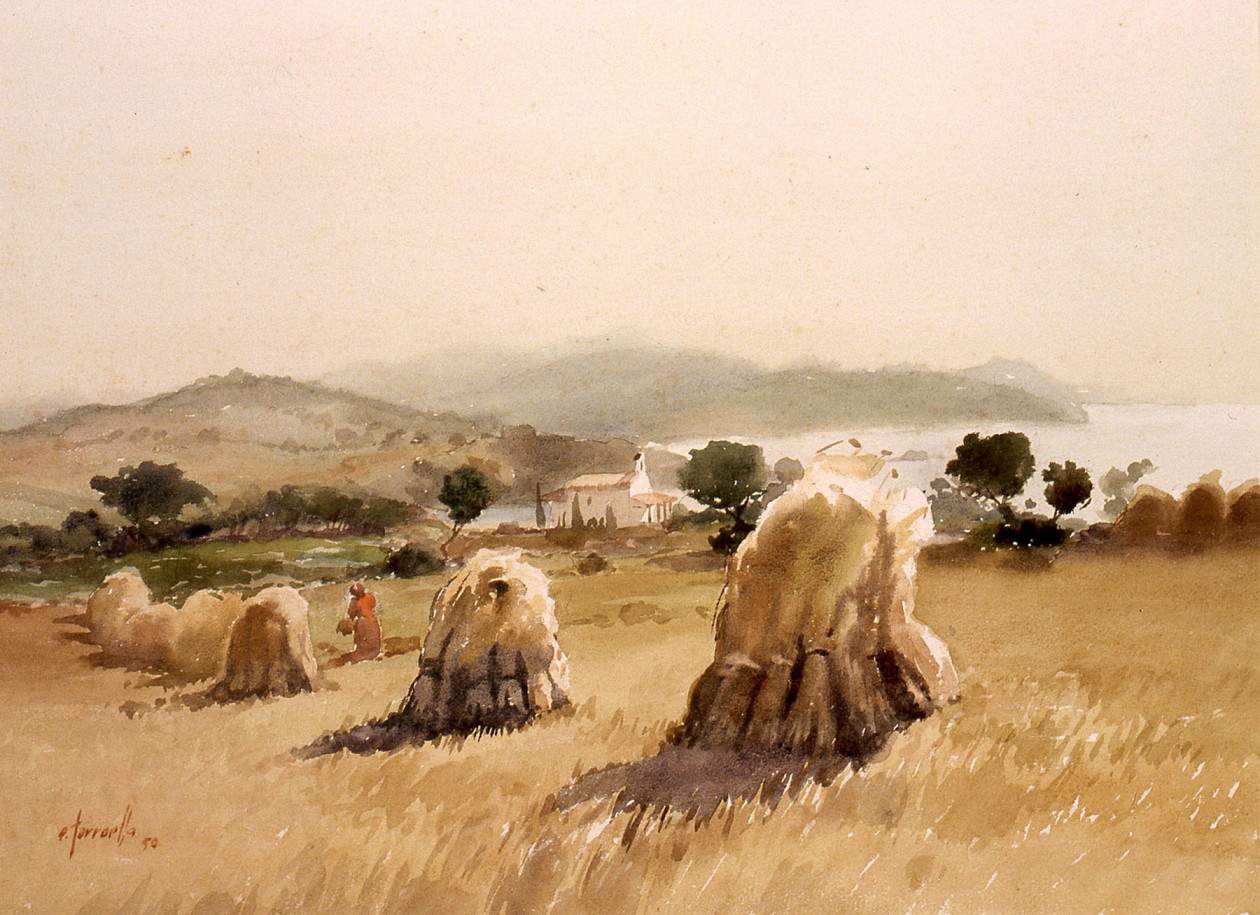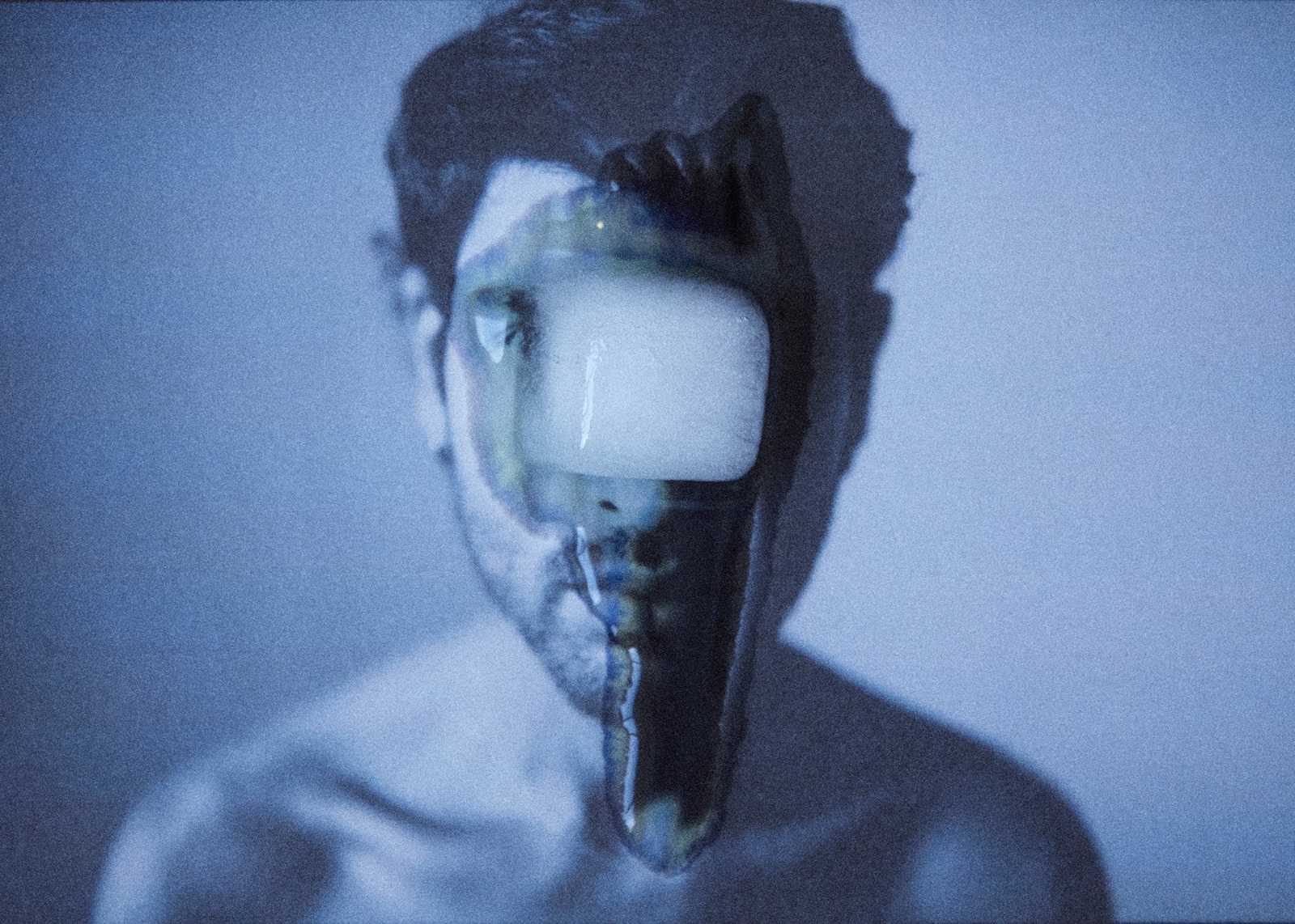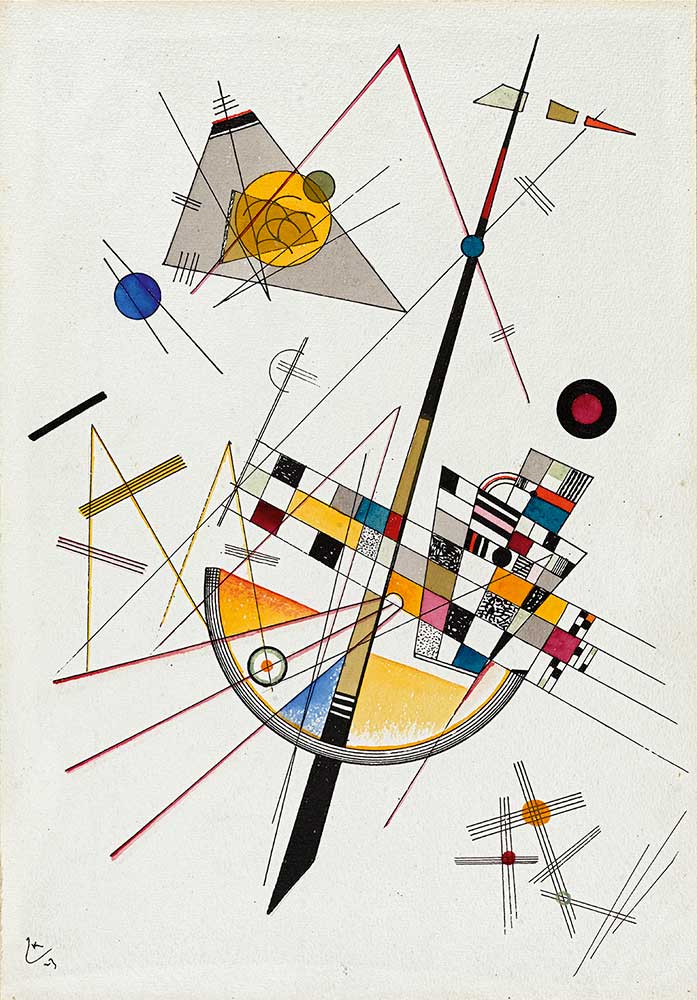Exhibitions
Chris Ware: a reference in contemporary comics
An immersive exhibition about the artist and his revolution in comics, at the CCCB.
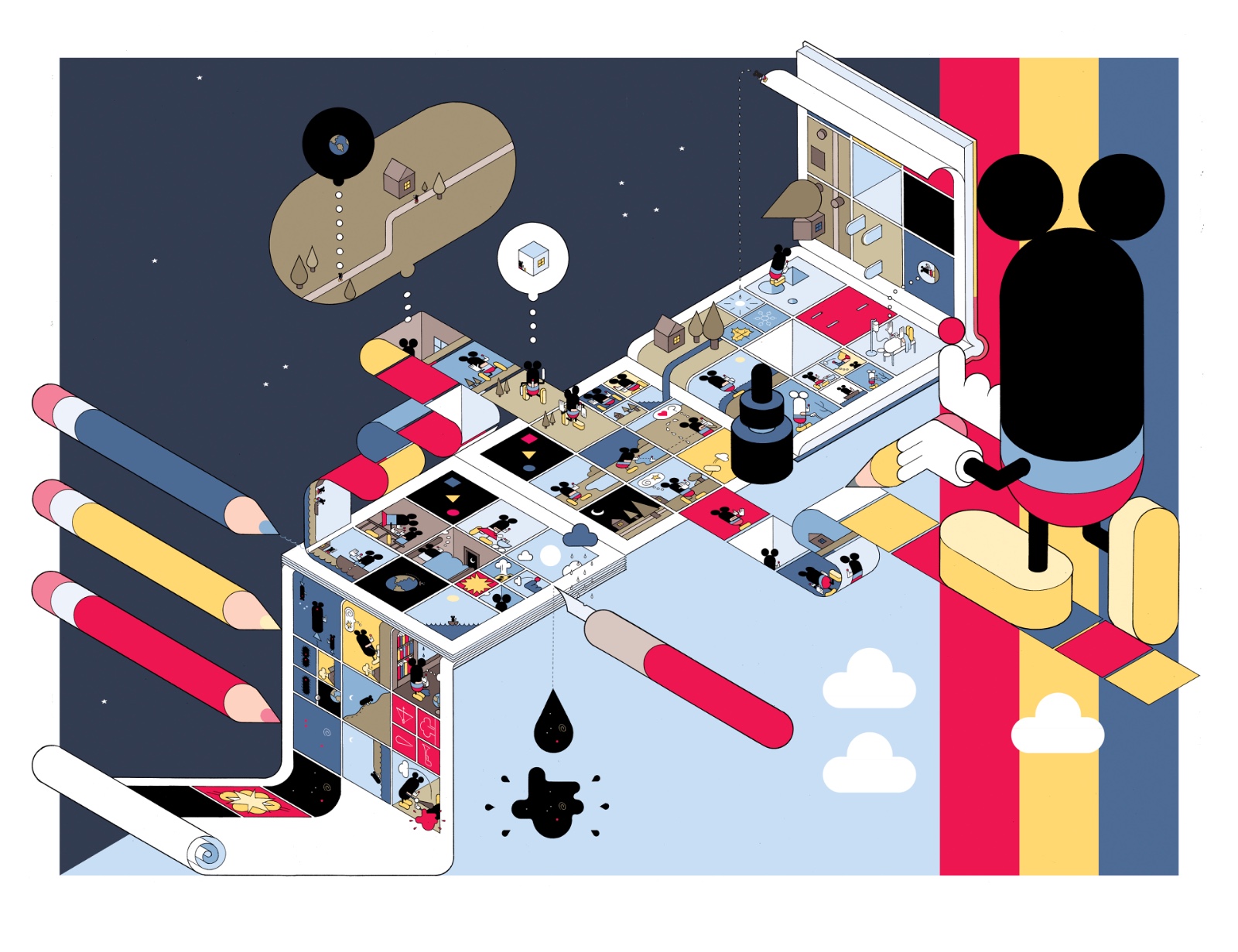
Comics can be considered a form of visual writing that, unlike prose, generates associations and connections through the concurrence of text and images. Using these properties, Chris Ware (Omaha, Nebraska, 1967) has connected with the origins of comics, has proposed powerful narrative renewals and has shown us that comics or drawn stories, even in the midst of the digital age, can be one of the most captivating artistic practices of our present. For a long time, comics seemed to offer mere entertainment to the reader, seeking “a single emotional reaction”, in Ware's words, but he feels he is the heir to those authors who, from the sixties onwards, set out to transmit a wide repertoire of emotions through comics. For this reason, one of the characteristics of the North American is empathy, or rather, granting his characters the humanity that Charles Schulz instilled in his beloved Charlie Brown. Of course, there were many other cartoonists who inspired him, from Schulz, who was the first to create empathetic characters, to Art Spiegelman, Ben Katchor, Lynda Barry, Jerry Moriarty and Frank King.
 Jimmy Corrigan: The Smartest Kid on Earth, Chris Ware (2000)
Jimmy Corrigan: The Smartest Kid on Earth, Chris Ware (2000)
Curated by Jordi Costa, head of the CCCB's exhibitions department, Drawing is Thinking is an exhibition co-produced by the centre and the Barcelona Comics Fair (FICOMIC). It invites visitors to explore the work of Chris Ware, one of the most relevant and influential comic book artists of our time, chronologically, through a wide selection of original work, animations, objects and sculptural pieces, focusing on his language. "He is an artist who has marked a turning point in the evolution of comics, which in his hands has undergone a radical leap; an author who has laid the theoretical foundation for considering comics as a great art form," says Costa. According to some experts, comparisons of his work with James Joyce's Ulysses are quite appropriate.
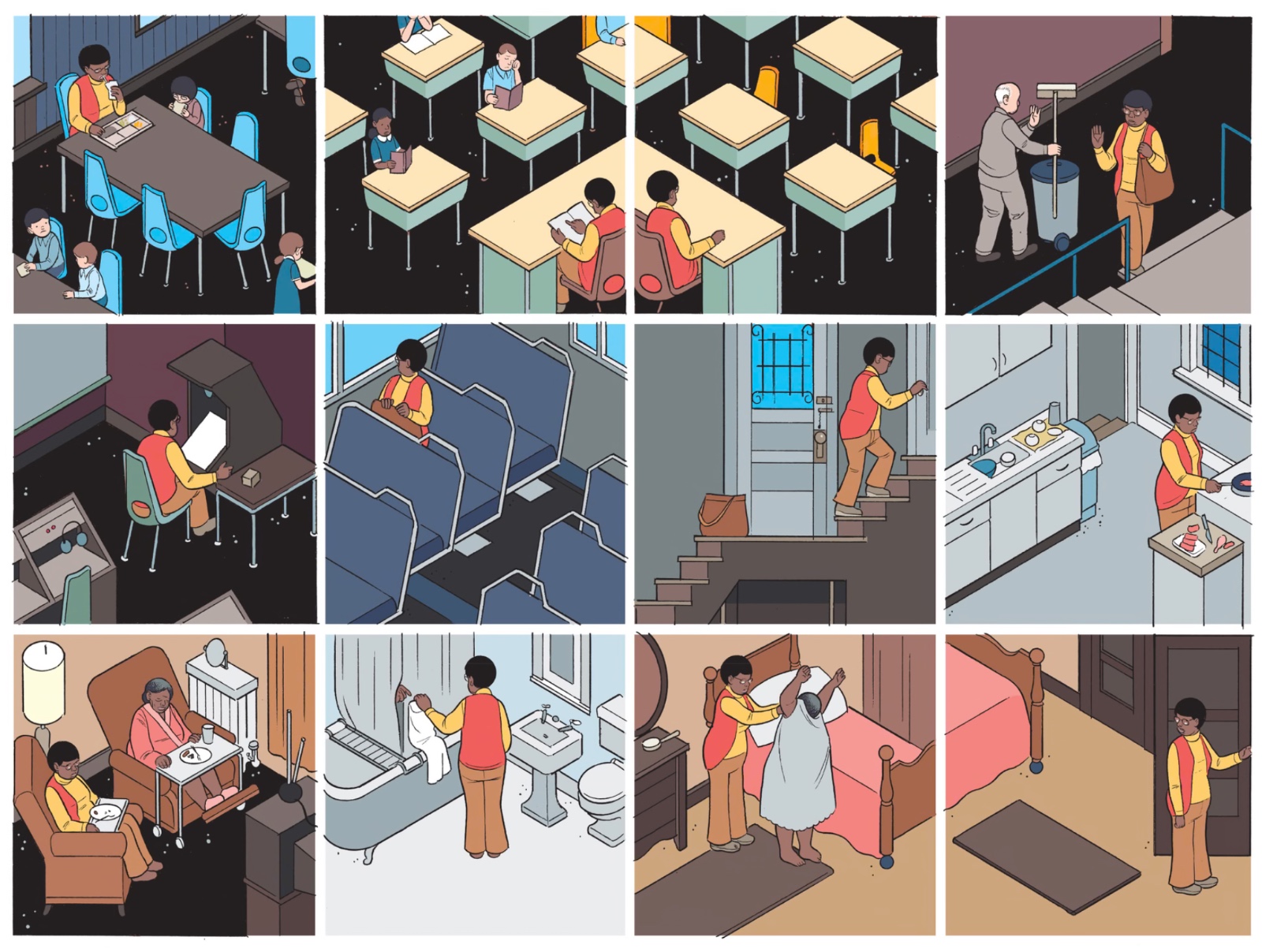 Rusty Brown, Chris Brown (2019)
Rusty Brown, Chris Brown (2019)
Chris Ware's work focuses on seemingly insignificant events that are etched in the memory. Good examples are Jimmy Corrigan, the Smartest Boy in the World, which won the Guardian First Book Award and was selected as one of the 100 best books of the decade by the Times of London in 2009, and Rusty Brown (Ed. Reservoir Books), both works populated by sad, melancholic and endearing characters. A distinctive feature of his practice is that his graphic novels are halfway between the book and the artifact, and he also explores and expands the creative possibilities of the book as an object. His production has left the printed media to reach the usual art circuits, and has been exhibited in several museums.
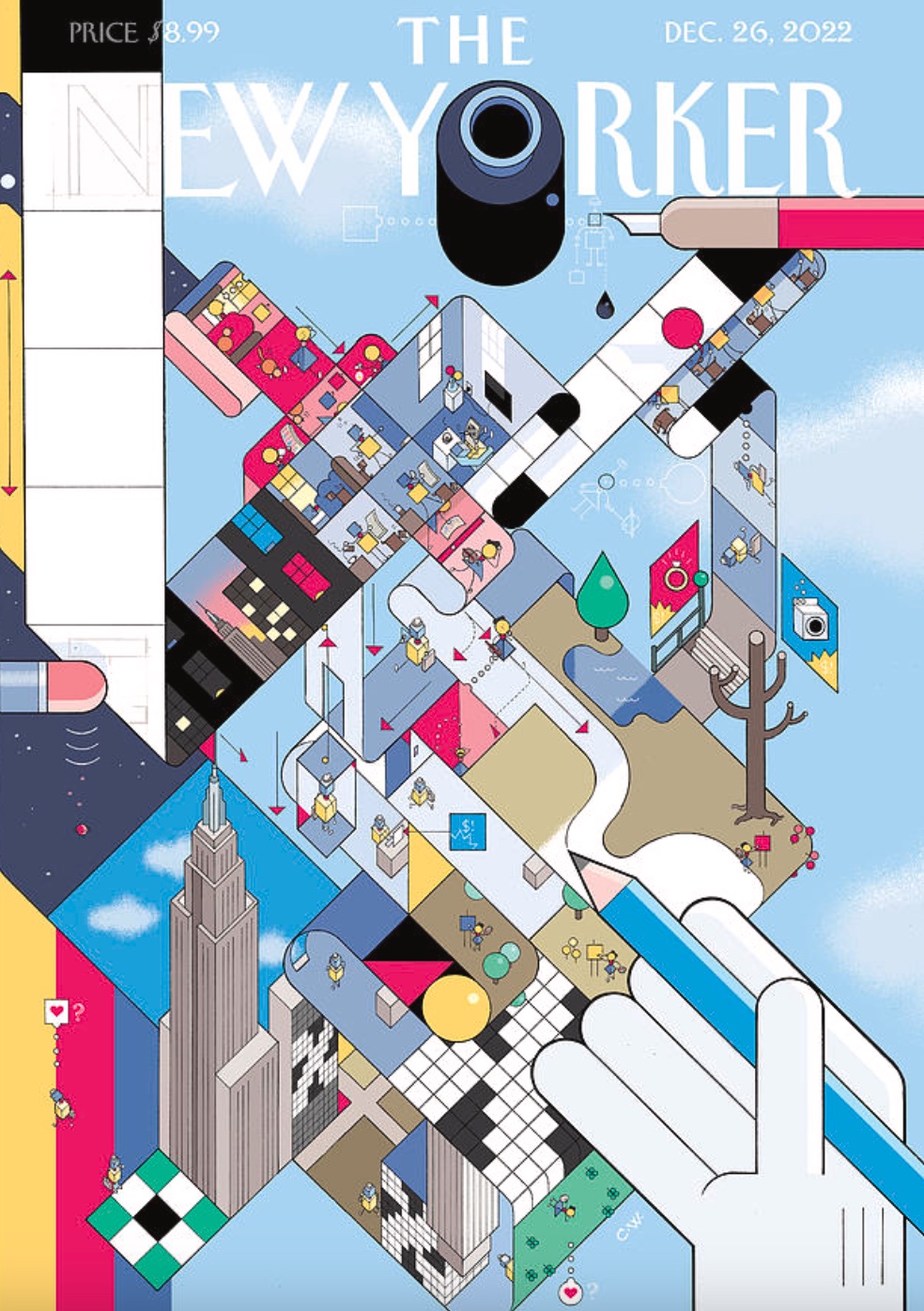 Ups And Downs, The New Yorker, Chris Ware (2022)
Ups And Downs, The New Yorker, Chris Ware (2022)


